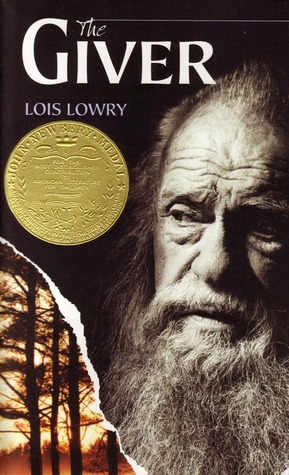
SUMMARY
A Clash of Kings, second in the A Song of Ice and Fire series, begins very shortly after the end of Game of Thrones. Westeros is in pieces—the Starks have been split apart, winter is coming, and five kings—Robb Stark, Renly Baratheon, Stannis Baratheon, Joffrey Baratheon, and Balon Greyjoy—are battling for the Iron Throne. Catelyn Stark tries to put her shattered family back together, all while her son grows too fast for her to keep up with. Her daughter, Arya, is still in hiding, and is targeting her enemies. In his brother’s absence, Bran Stark holds Winterfell. Catelyn’s oldest daughter, Sansa, is a hostage in King’s Landing for King Joffrey and Queen Cersei to play with as they please. Also in King’s Landing, Tyrion Lannister puts his foot down and establishes his role in the game. In the North, Jon Snow and the Night’s Watch march beyond the Wall. Trouble brews across the sea, too, as Stannis Baratheon prepares to attack King’s Landing with Melisandre the Red Witch and Davos Seaworth at his side. Theon Grejoy, son of Balon, returns home after many years away. Daenerys Targaryen, last of the Targaryen, now mother of the world’s only dragons, struggles to find war ships for her Dothraki. While a red comet flares in the sky, Westeros is falling apart at the seams.
REVIEW
If you’ve ever seen Game of Thrones, you’re familiar with the grit of A Song of Ice and Fire. George R.R. Martin isn’t afraid to go into fine, gross detail on the screwed-up world of Westeros. It can go overboard at times, but it gets its job done. It’s also a case of “Reality Ensues”—as, to be honest, if we lived in a world where there were no ready police force and the law was only enforced in the enforcers wanted it to be (ie the law enforcers can have bias), there would be chaos everywhere. It’s a nice take on how fantasy worlds are usually depicted as cool and peaceful. Even if the detail isn’t gritty, it’s beautiful. Westeros is a place where everything is larger than life, and Martin depicts it well, from the clothing to the food to the many places travelled.
The plot is not action-packed (except for an important and grandiose battle near the end), for good reason. ASOIAF depicts a world where violence can reign, but it doesn’t drive the story. The story is, as the first book tells, a game. Each chapter is a character’s next move, whether it be manipulation, revenge, war strategy, or simple survival. Even characters not in a permanently-violent position, like Sansa, have gripping storylines. Just because a character is “good”, it does not ensure that they will win—or, if they do, that they will come out in one piece. Some characters do not have their own chapters, like Cersei and Littlefinger, but we still get a look in their heads through their actions and words. But though the story is not one with pedal-to-the-medal pacing, it establishes that it is heading in a certain direction. Stannis is planning to march on King’s Landing, Jon and the Night’s Watch are looking out for Mance Rayder, and Daenerys is looking for war ships and who to trust them with.
When reading and watching Game of Thrones, I always thought that Martin’s strongest skill was writing characters. Each character, good and bad, have their redeeming qualities and their flaws. Stannis has his low moments, but he has reason, too. Sansa is somewhat naïve, but she isn’t stupid. Tyrion is clever and cunning, but he doesn’t know how to hold his tongue. And so on, so forth. Even Joffrey, who has zero redeeming qualities, is so immature and hateful that you kind of love-hate every scene he’s in. The characters we root for screw up sometimes, and villains have motives, reasonable or not.
ACOK has an attention-grabbing story, characters, and details. Yet, for the same things I praise, I dislike in some sense. Details, for example, can drag on. There are scenes when a room full of people describes everyone’s clothing, one-by-one. Something that could be summed up in one paragraph stretches on for three or more to fill up the chapter length. Towards the end of the book, there’s a battle scene that goes into such detail, much of the tension and suspense is lost. I found myself skimming through many dragging parts of the book.
Because of this, Jon Snow’s chapters really slow down the pacing, as most is just travelling in the land beyond the wall. As said before, things could be summed it, but instead stretches on beyond necessity. Catelyn’s chapters are not so tedious, but they do have slow moments, as only one thing of great importance happens in them. Sansa’s, Tyrion’s, and Davos’s piqued the most interest, with Arya’s, Bran’s, and Theon’s following.
One thing that I distract from both this book and its predecessor is that sadder scenes are ruined with lengthy dialogue. There’s a very poignant scene from Catelyn where she mourns how broken her family has become, but she goes into such detail about things that the emotion is ruined. The sad scenes that work well are ones that have little to no dialogue in them, like, ironically, another scene with Catelyn.
ACOK is a long read, tedious at times, but ultimately worth it. If you’re a fan of the show, you’ll be a fan of this, too.

